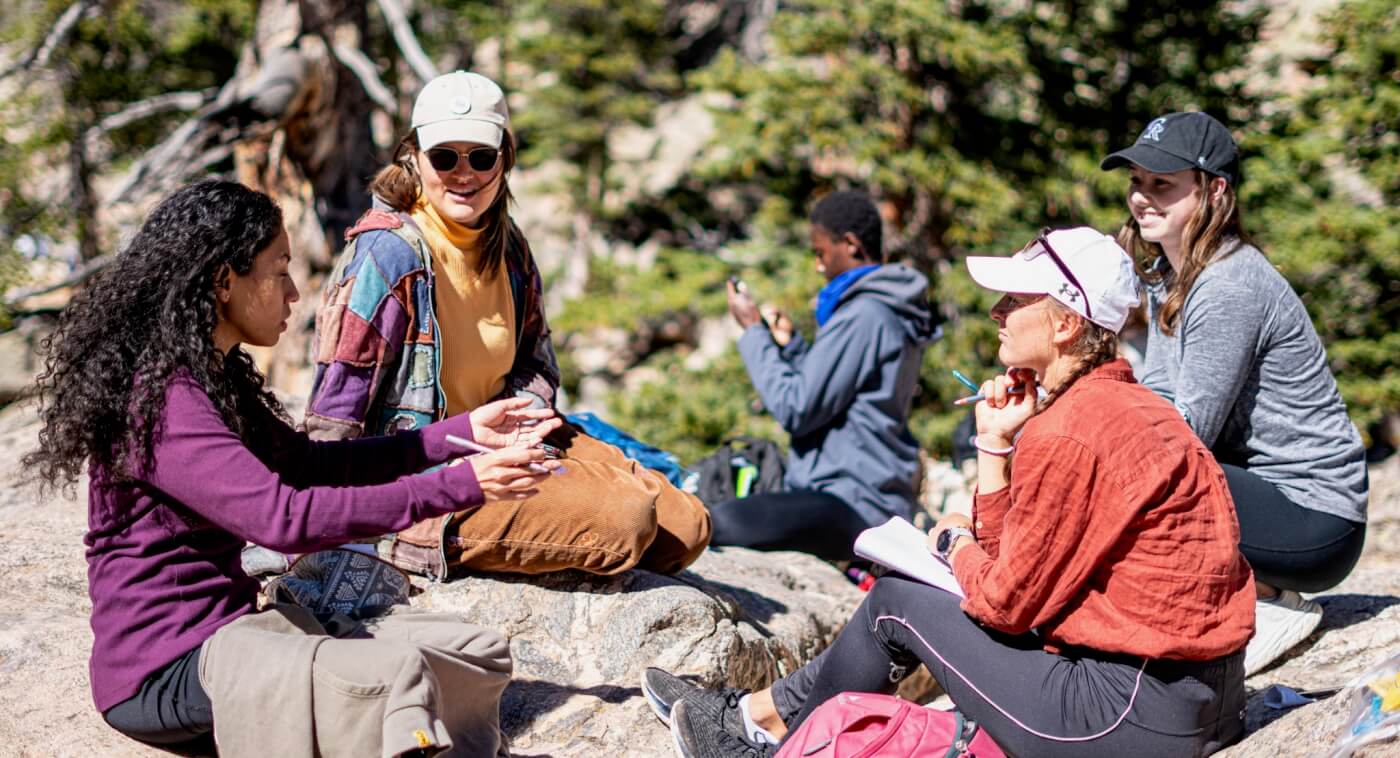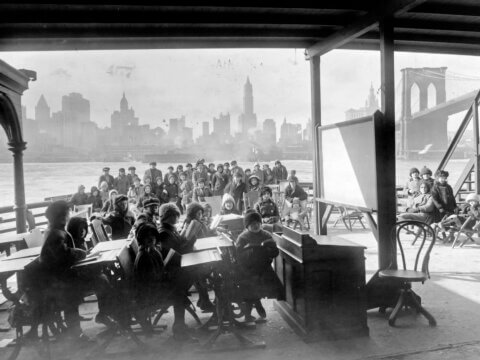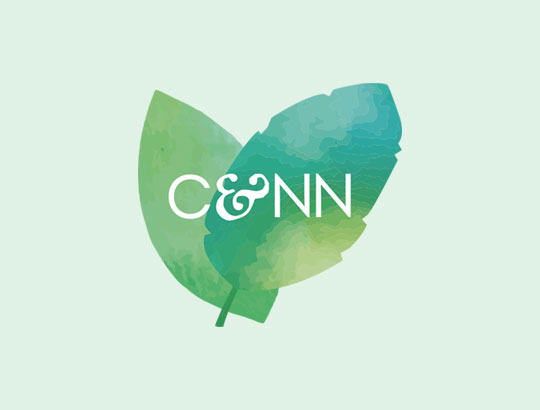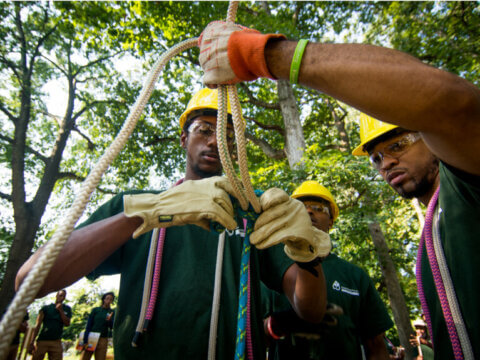CSU researchers forge new trails to bridge the gap between research and practice in outdoor programming
Many outdoor organizations aim to enhance people’s well-being through time spent outdoors – and they want to do it by offering science-backed programming that has been proven effective. However, relevant research and scientific evidence aren’t always readily available to help guide program development.
“Practitioners are often limited in what kinds of evidence-based programming they can deliver, despite their best intentions,” says Dr. Sarah Walker, PhD, an assistant professor in the Department of Human Dimensions of Natural Resources at Colorado State University (CSU).
That’s why CSU researchers are collaborating on a two-year project to further enable evidence-based outdoor programming by engaging in needed empirical research within the field.
Dr. Walker is leading the effort alongside fellow Assistant Professor Dr. Sara LoTemplio, PhD, and Associate Professor in CSU’s School of Education, Dr. Jill Zarestky, PhD. They recently received funding through REI for their work.
“We want to close the gap between cutting-edge research and the practice of connecting people to nature,” said Dr. LoTemplio.
Both Drs. LoTemplio and Walker have experience working in outdoor organizations and understand the challenges of wanting to build programming based on scientific evidence – but not having access to the specific and relevant science needed to do so. As members of the research community, they have dealt with the financial and logistical barriers that stand between the desire to conduct certain research and actually being able to do it. They also admit that the current landscape for academic research is not designed to be accessible to the public or easily translatable to real-world applications.
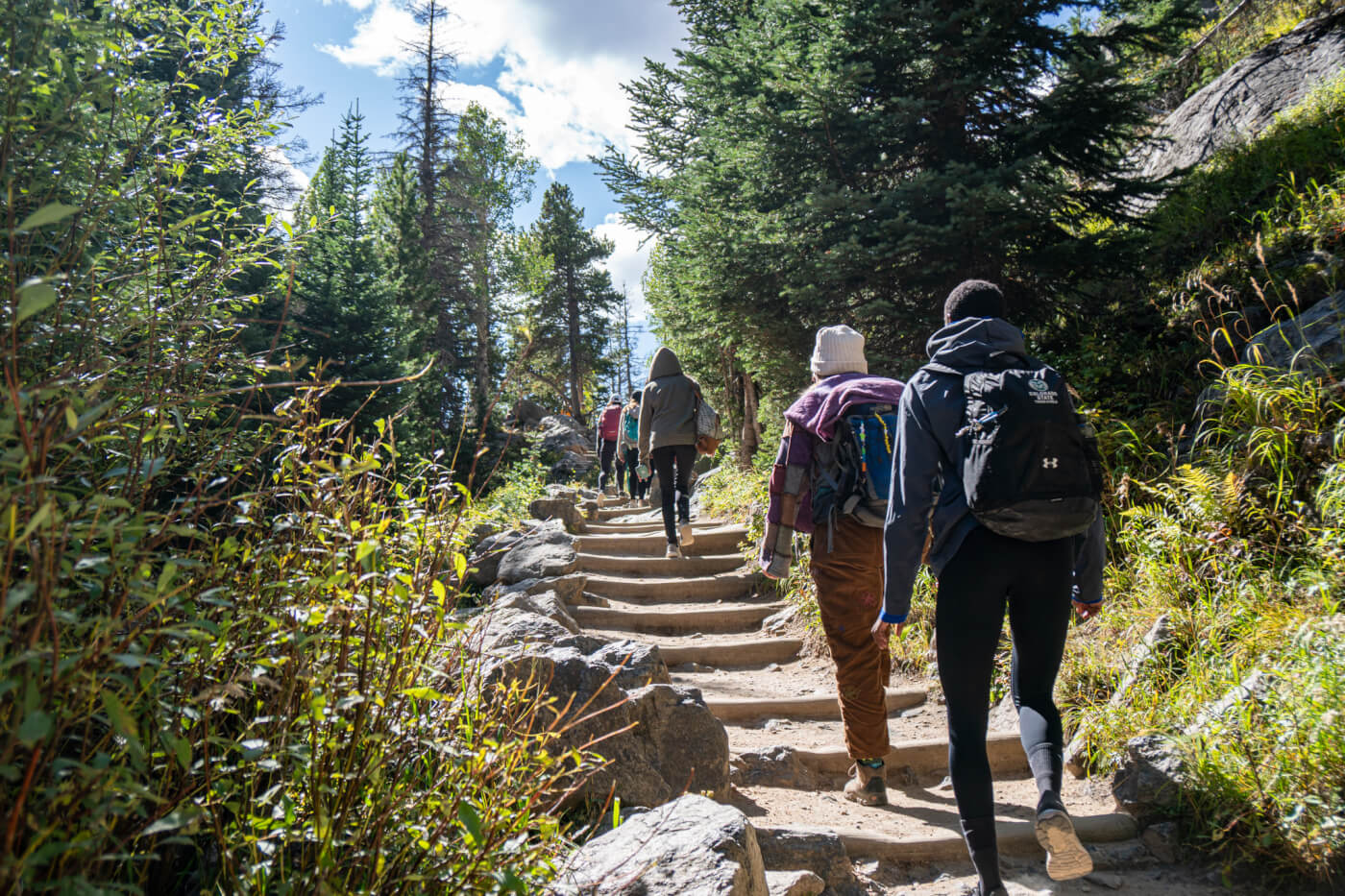
Students from Dr. Walker’s class on a hike in Rocky Mountain National Park.
Dr. LoTemplio, who studies the therapeutic effects of natural environments on attention and mood, has had several outdoor organizations approach her over the years hoping to incorporate more evidence-based programming into their operations. While there’s consensus that nature can benefit well-being, many gaps and uncertainties about the specifics of these benefits remain.
“Is it better to go to a lake or a forest?” asked Dr. LoTemplio. “And, exactly how much time do you need to be in nature before you reap the benefits?”
The environmental groups who approach Dr. LoTemplio hoping to generate scientifically sound findings on their programming are oftentimes too small for one-off research projects, she adds.
“It was always disappointing to not be able to serve communities and support their programming needs,” said Dr. LoTemplio. Her experience with such groups was a big motivator for this project.
Additionally, most research conducted on the impact of the natural environment on physical and mental health has focused on white, college-aged populations. This leaves a huge information gap about the most effective ways for more diverse communities to benefit from nature.
Drs. LoTemplio and Walker’s project aims to better serve outdoor organizations by developing evidence-based programming for them to use. The first step is identifying the needs of these organizations, along with the existing gaps between research and practice.
Over the next year, the project, which includes graduate student researcher Kaiya Tamlyn and project manager Sharde Johnson, will conduct a needs assessment among outdoor organizations. They’ll survey around 100 relevant organizations to learn more about their programming needs, what they’re trying to achieve for human health and what they need from the research community to reach their desired outcomes.
“We want to find out which gaps, if closed, would have the biggest impact on their work,” said Dr. Walker.
They’ll also survey researchers to find out more about the major limitations the research community is facing and identify opportunities for collaboration between practitioners and researchers.
“There has long been a disconnect between the world of research and the world of practice,” says Dr. Cathy Jordan, PhD, consulting director of research for the Children & Nature Network. “The work at CSU is very exciting because Drs. LoTemplio and Walker are directly addressing this research-practice divide by asking both community organizations and researchers about what they need in order to be more responsive, then working toward a common ground.”

Through her class, Dr. Walker is helping future practitioners learn about the science and practice of evaluating nature's benefits to human health.
Throughout the project, the CSU team will prioritize diverse perspectives in order to address long-standing disparities in research.
“We want to engage with organizations and practitioners who are serving historically underrepresented groups to co-produce science and data that are more inclusive of diverse identities,” said Dr. LoTemplio. “This work is critical for ensuring that the intersection of science and practice is more equitable.”
Dr. LoTemplio also acknowledges the history of extractive research within Black, Indigenous and communities of color. She notes that her team is sensitive to these issues and wants to be considerate when working with organizations that serve diverse communities. Additionally, many scholars and outdoor leaders in these communities are already doing incredible work and leading important research within the field. The CSU team aims to uplift these voices while contributing to the conversation thoughtfully.
During the second year of their project, they plan on using current research and the results from their needs assessment to create an evidence-based outdoor programming curriculum. Next, they will work with partners to pilot the curriculum and collect data to gauge its effectiveness. But the work won’t stop there. The hope for the project is to set up a long and productive future that can keep serving both outdoor organizations and the research community.
“We’re hopeful it can be a win for everyone involved,” said Dr. LoTemplio.
Drs. LoTemplio and Walker want to create channels for continuous relationship building between the research community and outdoor organizations in order to foster an ongoing conversation. With these channels in place, organizations can keep refining their evidence-based programming to help people benefit from nature – and researchers can keep pursuing projects that can be applied by people working in the field.
“I envision a future where there’s a symbiotic feedback loop between folks on the ground and researchers,” said Dr. Walker. “I can see outdoor organizations sharing what they need for research, researchers doing that work and research constantly recirculating back to the ground.”
“The work is never going to just be done,” agrees Dr. LoTemplio. “The needs assessment isn’t the end game, because needs will change and the landscape of this work will change. We hope to create an iterative process that people can regularly engage with and find evidence-based strategies to improve human health through nature.”
Organizations who might be interested in participating in the project can get more information at: https://sites.warnercnr.colostate.edu/cnisp/supported-organizations/
-
Network News
POLICY UPDATE: Policy and advocacy for the children and nature movement
-
Voices
Binoculars, bald eagles and my journey as a Black birder
-
Richard Louv
THE WONDER BOWL: Ten Spring and Summer Nature Activities for Kids and Adults
-
Network News
Minneapolis Spotlight: The promise and possibilities of parks for youth
-
Voices
Why nature is my motherhood ally


